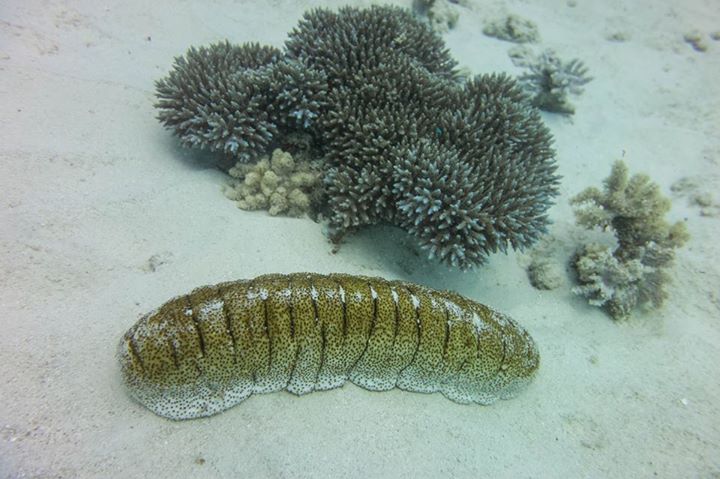The Story of the Little Dutch Boy
The little Dutch boy tried to fix a leak in a dam by putting his finger in the hole. Soon more leaks appeared and he was quickly overwhelmed. Such is the story of Fukushima from the day the accident occurred on March 11, 2011, until today and the Japanese government and nuclear power industry don’t look any more capable than the little Dutch boy.
Unfortunately, we will be reading about Fukushima news over and over in the coming decades. We are not out of the deep dark woods yet, not by a long-shot. Estimates are the site will require 40 years of work to decommission and, at every point along the way, the site has the potential to spiral out of control, making the disaster far worse: a scenario where all three reactors at Fukushima experience a meltdown is not far-fetched.
From a larger perspective, the issue is whether or not nuclear power is safe and should continue to be used on a large scale around the world. No one knows the answer, except perhaps the Germans, who have vowed to eliminate nuclear power from their energy mix by the early 2020’s. But what the rest of the world decides will have huge implications.
Making It Up as They Go Along
Fixing Fukushima will require the most advanced technologies, many of which do not yet exist. It will also require the unprecedented cooperation of dozens of countries around the world, their politicians, experts and researchers, and tens to hundreds of billions of dollars in financial aid.
There is still a significant number of people in Japan and around the world who do not believe the Japanese government has this crisis under control. That the Japanese are at the center of this is not reassuring: they are famous for saying one thing, but meaning another, employing impenetrable decision-making processes and hating to appear vulnerable to foreigners.
Unfortunately, the event has been subjected to politics at its worst with the Tokyo Electric Power Company (TEPCO) and the Japanese government being exposed for not having an adequate nuclear response plan in place, operating a badly maintained facility with old technology and a lack of an effective inspection regime. If the Japanese cannot do these basic things, who can?
The following video is an interview with Michio Kaku who describes the current “stabilized” Fukushima Unit 4 reactor as like: “dangling from a cliff by your fingernails which are beginning to crack.”
The Latest
The world is aware of the devastation and more than 20,000 deaths caused by the tsunami, the evacuation of the Fukushima area and the economic damage done to Japan and the world, but there is much more. According to Fukushima Update:
- Due to the huge amount of water being used to keep the Unit 4 reactor cool, the ground beneath it is sinking, reportedly by 32 inches thus far, and could cause the entire structure to collapse. If the structure collapsed it could cause a meltdown, a huge fire and an unprecedented release of radioactive pollution into the atmosphere and ocean.
- Just a few months ago, TEPCO announced a huge leak of radioactive water into the ocean as a result of the failure of a cooling system. The fact that radioactive cesium and iodine have been leaking for more than two years, compared to Chernobyl’s 10 days, means Fukushima may soon become the worst nuclear disaster.
- The United States has over 30 nuclear reactor units similar to Unit 4 and some have criticized the US government for downplaying the seriousness of Fukushima in an effort to keep the American people from realizing Fukushima-like events could happen in the US.
- While the Japanese government and TEPCO are fully committed to decommissioning, they have not yet chosen experts to oversee the process. An international team to handle the huge responsibility is considered the best plan but it has not yet come to fruition.
- A recent report suggested that crew members of the USS Ronald Reagan, which took part in “Operation Tomodachi” (Operation Friendship), while moored offshore at Fukushima were using nuclear contaminated desalinated water to drink, cook and bathe. Crew members are beginning to report the incidence of cancers and are suing TEPCO.
- Japan has started using UAVs, like the one below, to monitor radiation in the Fukushima area and beyond.
- The Japanese government has set ridiculously small evacuation zones of 6 to 10 miles and high levels of radioactivity have been detected 25 miles from the plant.
IndustryTap Stories Related to Fukushima
IndustryTap has written close to 20 articles related in one way or another to Fukushima. We have divided these stories into seven main categories:
What Went Wrong
- Is Your City Destined to Be Washed Away by Global Sea Rise?
- Floating Nuclear Power Plants: “Pigs Might Fly” (Russian saying)
What’s Being Done
- Will Mile-Long Ice Wall Stop Fukushima’s Radioactive Water Leaks?
- Focus on Fukushima as Cleanup Enters Extremely Dangerous Stage
Effect On Environment Worldwide
New Nuclear Technologies
- Nuclear Waste Can Power the World for 72 Years
- Radioactive Glass Could Reduce Nuclear Waste by 90%
- Safer, Smaller Helium-Cooled Nuclear Reactors at Half the Price?
- Hybrid Nuclear Plants Could Help in the Fight Against Global Warming
- Small “Modular” Nuclear Reactors Being Tested Around the World
Effect On Move to Renewable Alternatives
- Will the World’s Largest Solar Plant Become a Tourist Attraction?
- Space-Based Solar Power Beams Energy to Infinity and Beyond
- Wind Energy Could Supply 5 Times The Current Energy Production
- Japan building a “mega solar” power and wind energy plant
Nuclear Plant Clean Up and Decommissioning
Incidence & Likelihood of More Nuclear Disasters
We will be adding to this page over the coming months! Stay tuned.






